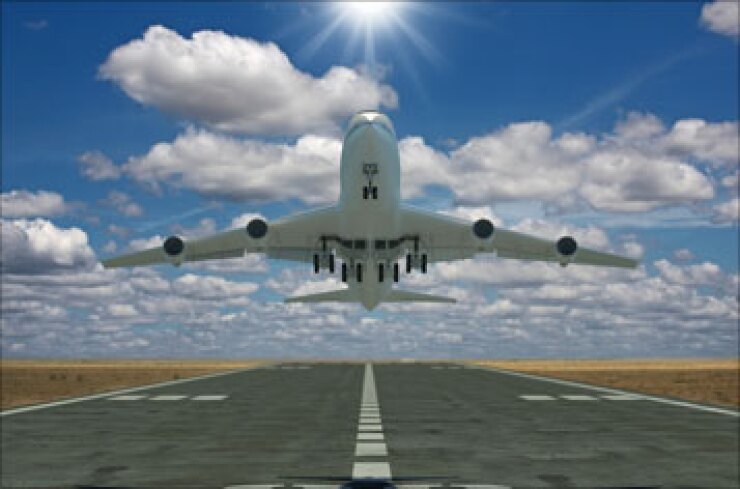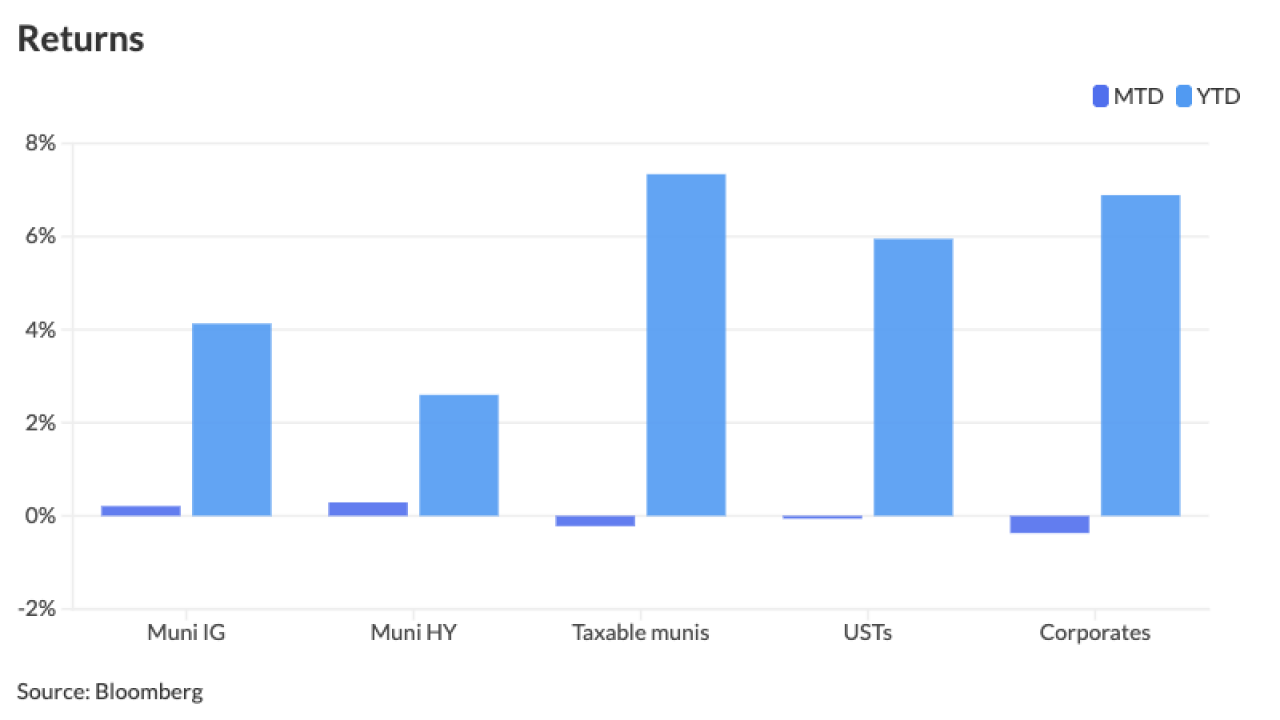
DALLAS — The scenes this holiday week at crowded airport passenger terminals will soon be found year around unless airports can obtain new ways to fund the additional infrastructure needed to accommodate growing demand, according to a recently released paper.
Some of the largest hub and international airports in the United States are already congested, and demand is projected to increase to one billion passengers a year by 2020, up from the current 800 million passengers a year, the Eno Center for Transportation said in its analysis of airport capacity needs,
Airport congestion at airline hubs creates delays through the system, which increases costs, adversely affects passengers' experiences, and makes it difficult for foreign travelers to plan trips to the U.S., the paper said.
The center is skeptical that airports will be able to overcome political and legal constraints that limit funding sources for needed capital improvement efforts aimed at easing overcrowding.
"The U.S. aviation network in its current state is unlikely to provide adequate capacity to accommodate projected growth in passengers over the next 20 years," the paper said. "But our analysis indicates that this is a challenge that is worth the effort."
Accommodating air travel is vital to the national economy, as domestic air travel generates approximately $1.3 trillion in activity each year, the paper said. International travelers contribute more than $116 billion annually to the U.S. economy, it said.
Capacity constraints at just two New York-area airports — John F. Kennedy International and Newark International — will account for $6 billion of lost travel spending by 2016, ballooning to $48 billion a year by 2034, according to the paper.
The analysis recommends raising the passenger facility charge limit of $4.50 per passenger, and giving individual airports the flexibility to go over the new higher cap to fund infrastructure projects and improvements that would accommodate additional passengers.
The current law capping the PFC will expire in 2015.
The PFC, which has not be increased since 2000 despite lobbying from airports, is funding 25% of U.S. airport capital projects through 2015, Fitch said in a 2012 report.
Smaller airports tend to fund projects directly with PFC revenues, Fitch said, but larger airports leverage the PFC to support bonds.
A report released in January 2013 by Airports Council International-North America found 60% of U.S. airport capital projects are funded with PFCs and revenue bonds.
Airports will need $71.3 billion of capital improvements through 2017 to meet passenger growth, the airport council said. U.S. airports face major financial challenges to upgrade and expand existing infrastructure, said Joel D. Bacon, vice president of the American Association of Airport Executives.
"The sources of funding available to meet those needs are dwindling thanks to increased federal budget constraints, and the decreased purchasing power of local passenger facility charges," Bacon said.
Congress should raise the PFC cap, fully fund airport improvement programs, and keep municipal bonds tax free, he said.





